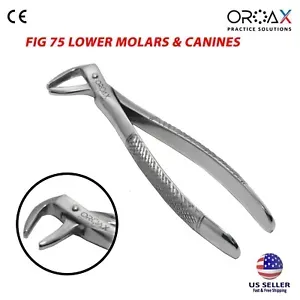
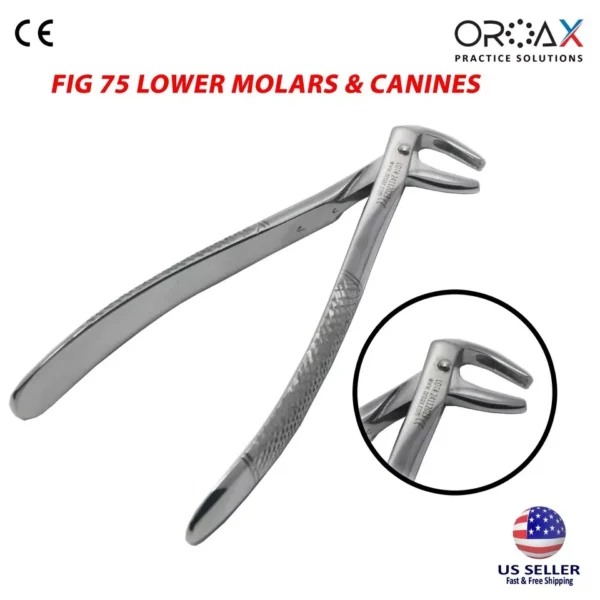
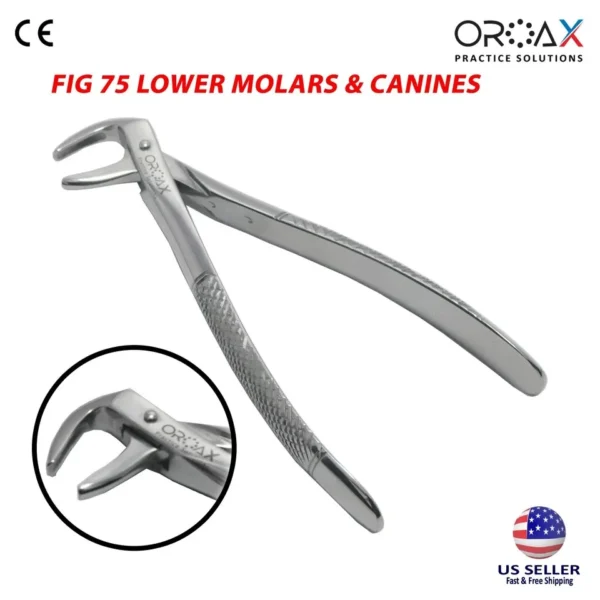
Tooth Forceps Fig #75 Lower Molars & Canines
- Bayonet angulation: The specific angle of the beaks (typically around 45°) allows for optimal access to upper roots without excessive mouth opening for the patient.
- Double bends: Some variations feature an additional bend near the working end, further enhancing root accessibility in tight spaces.
- Anti-glare finish: Reduces reflected light in the oral cavity, improving visibility during the extraction.
Description
Dentists use Tooth Forceps Fig #75 as specialized dental instruments for atraumatically extracting lower molars and canines.
Key Features:
- Beaks: Tooth Forceps Fig #75 have beaks specifically shaped to fit the anatomy of lower molars and canines. They come in two variations: straight beaks for molars and angled beaks for canines, ensuring a secure and atraumatic grip.
- Shanks: The shanks are sturdy and offer optimal leverage for controlled extraction. They are angled slightly to provide ideal access to the lower jaw and teeth.
- Handles: The handles are ergonomically designed for comfort and control. They usually feature finger holes or other gripping surfaces for optimal maneuverability during the procedure.
Uses:
- Atraumatic extraction of lower molars and canines: Their specialized beaks and leverage allow for efficient tooth removal while minimizing damage to surrounding tissues.
- Root tip removal of lower molars and canines: These forceps can help safely extract the remaining root tip in cases of fractured tooth crowns.
- Sectioning lower molars prior to extraction: You can use Fig #75 forceps for precise sectioning when dividing a molar for easier removal.
- Elevating lower molars and canines: In some situations, dentists can use these forceps to loosen a tooth before extraction by gently lifting it from the jawbone.
1. What are the advantages of using Fig #75 forceps over other extraction instruments?
- Specific design: Tailored beaks for lower molars and canines ensure a secure and atraumatic grip, minimizing tissue damage.
- Efficient leverage: Sturdy shanks provide optimal control and force for smooth extractions.
- Ergonomic comfort: Designed handles offer comfort and grip for the dental professional.
2. What are some potential risks associated with using Fig #75 forceps?
- Damage to surrounding tissues: Injury to gums, nerves, or blood vessels can occur, although the atraumatic design minimizes this risk.
- Jaw fracture: In rare cases, excessive force or improper technique can lead to a jaw fracture.
- Dry socket: A painful condition where the blood clot in the extraction site dissolves too quickly.
3. Who are good candidates for using Fig #75 forceps?
These forceps are suitable for most lower molar and canine extractions, regardless of the reason. However, they might not be ideal for:
- Severely broken-down teeth
- Deeply impacted teeth
- Teeth fused to the jawbone
4. What is the recovery time after using Fig #75 forceps?
Recovery time varies depending on the individual and the complexity of the extraction. Expect some pain and swelling for a few days. Follow your dentist’s instructions for proper care to promote healing and minimize complications.
Additional information
| Weight | 0.200 kg |
|---|---|
| Dimensions | 4 × 6 × 1 cm |
Oroax Corporation
There are no question found.

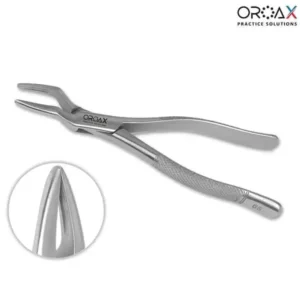
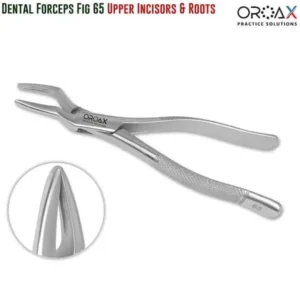
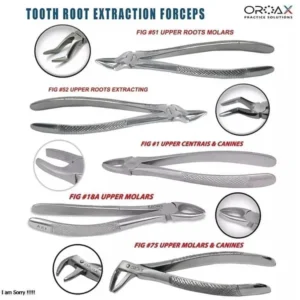
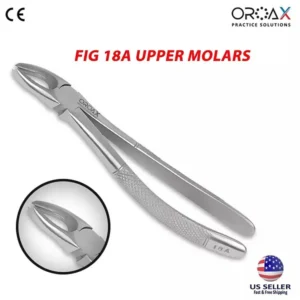
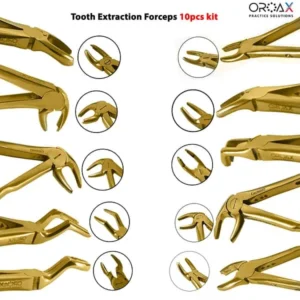
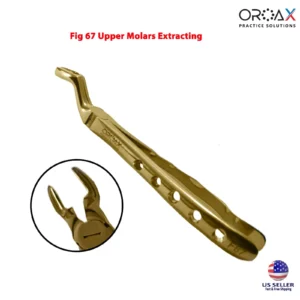
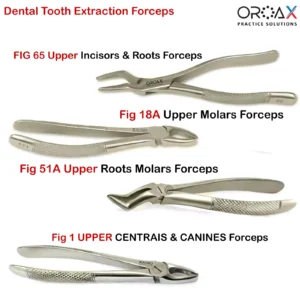
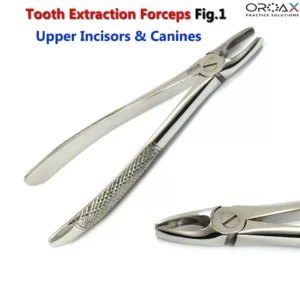
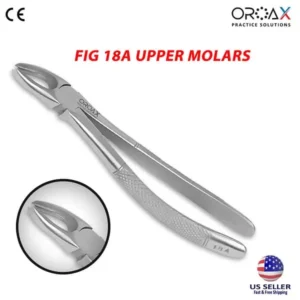
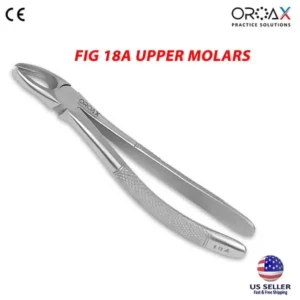

Rating & Review
There are no reviews yet.